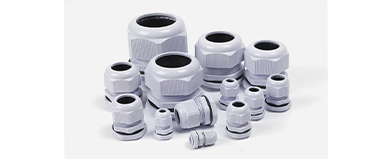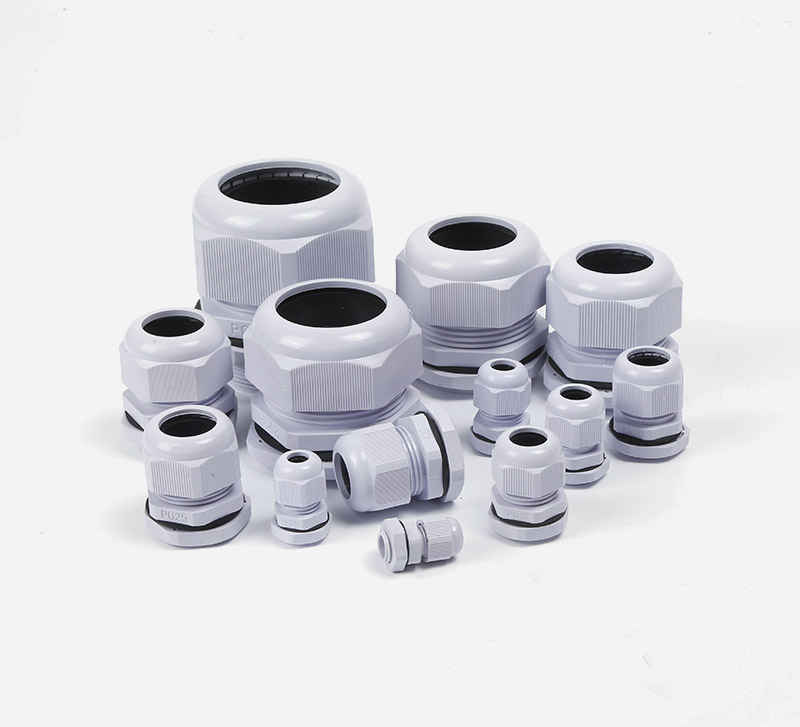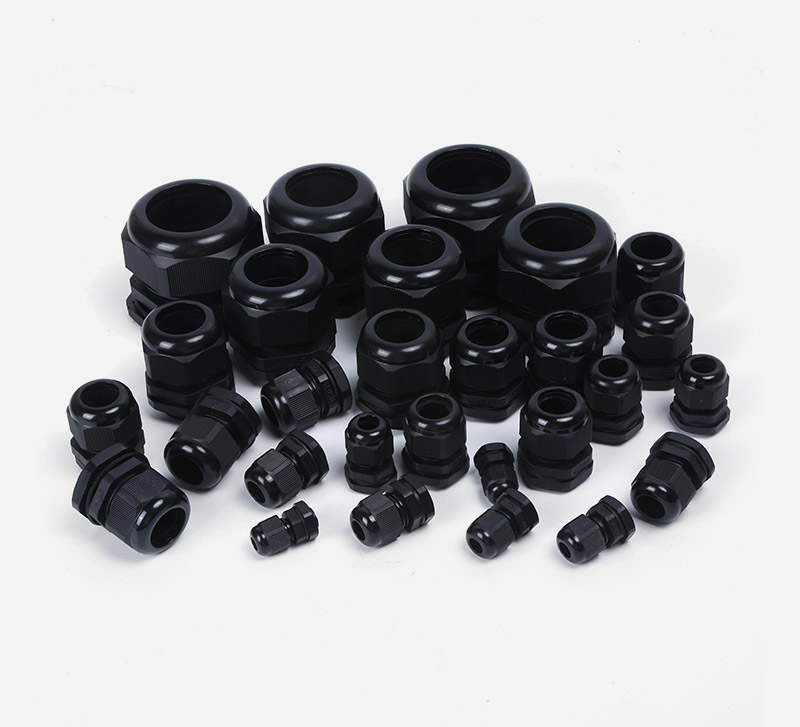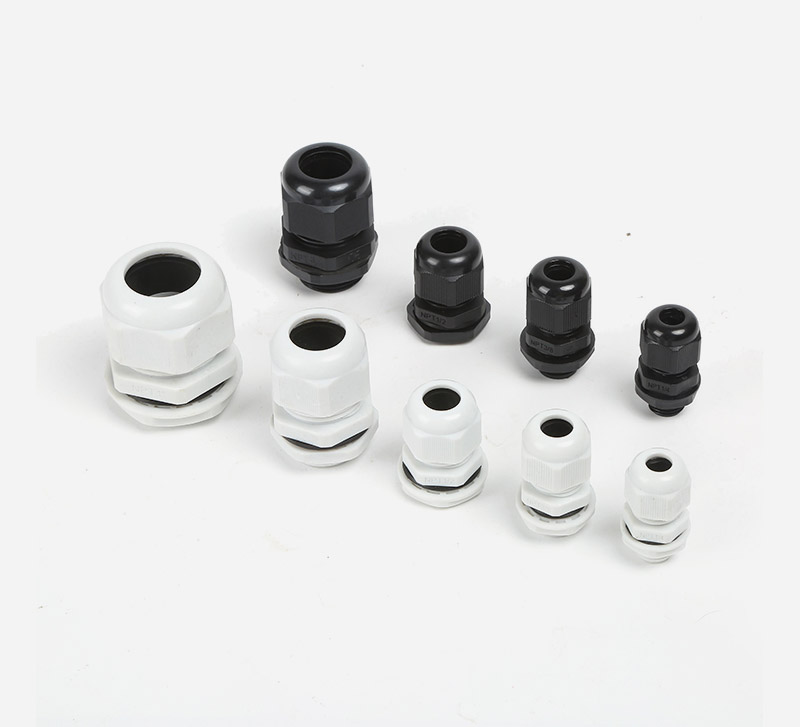Can Brass Cable Glands Withstand High Temperatures?
Brass cable glands' heat resistance is key in various applications. Let's explore.
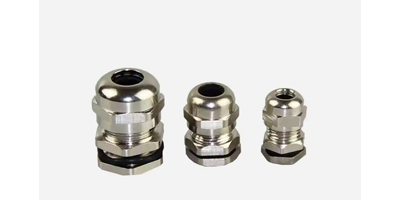
1. Can Brass Cable Glands Generally Withstand High Temperatures?
Brass cable glands do have a certain degree of heat resistance. Brass, as a metal alloy mainly composed of copper and zinc, has relatively good thermal stability. In general, standard brass cable glands can withstand temperatures up to around 100 - 150°C without significant deformation or loss of functionality. This makes them suitable for many common industrial and electrical applications where moderate heat is generated, such as in some electrical enclosures with normal - running electrical components that produce a bit of heat. However, it's important to note that this temperature range can vary depending on the specific alloy composition of the brass used in the cable gland.
2. What Factors Affect the High - Temperature Resistance of Brass Cable Glands?
The alloy composition of brass plays a major role. Different ratios of copper and zinc, along with the presence of other trace elements, can alter the heat - resistance properties. For example, some special - grade brass with higher copper content may have better heat resistance and can withstand slightly higher temperatures. Additionally, the quality of the manufacturing process matters. A well - crafted cable gland with proper heat treatment during production is more likely to maintain its integrity at higher temperatures. The type of sealing materials used in the cable gland also impacts its performance in high - temperature environments. Seals made from high - temperature - resistant polymers like fluoropolymers can enhance the gland's ability to maintain a good seal even when exposed to heat.
3. In What High - Temperature Scenarios Are Brass Cable Glands Suitable?
Brass cable glands are suitable for applications in power distribution cabinets where the temperature due to normal electrical load is not extremely high, typically up to the aforementioned 100 - 150°C range. They can also be used in some industrial machinery with moderate heat generation, such as certain types of pumps or motors that don't operate at extremely high temperatures. In low - to - medium - temperature heating systems in buildings, brass cable glands can be used to ensure the secure connection and sealing of cables. However, in environments where temperatures regularly exceed 200°C, such as in some high - temperature industrial furnaces or certain parts of power plants with extremely high - heat - generating equipment, standard brass cable glands may not be the best choice.
4. How to Maintain the High - Temperature Performance of Brass Cable Glands?
Regular inspection is crucial. Check for any signs of corrosion or deformation, especially after long - term exposure to heat. If corrosion is detected, it can be cleaned and treated appropriately to prevent further weakening of the cable gland. Lubricating the moving parts (if any) of the cable gland with high - temperature - resistant lubricants can help maintain its functionality in high - temperature conditions. When installing brass cable glands in high - temperature areas, ensure proper ventilation around the installation site to help dissipate heat and keep the temperature around the cable gland within its tolerable range. This can significantly extend the lifespan and ensure the continued high - temperature performance of the brass cable glands.




